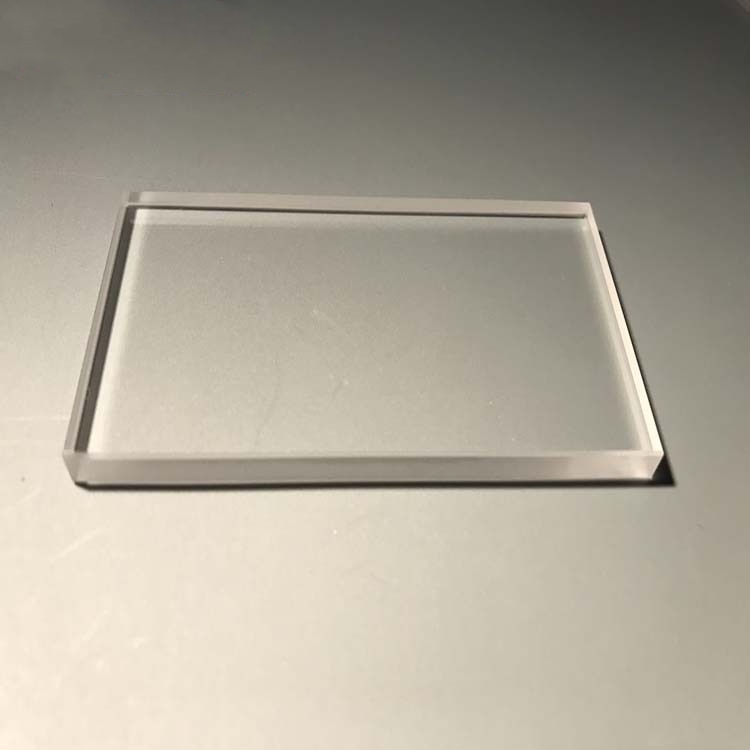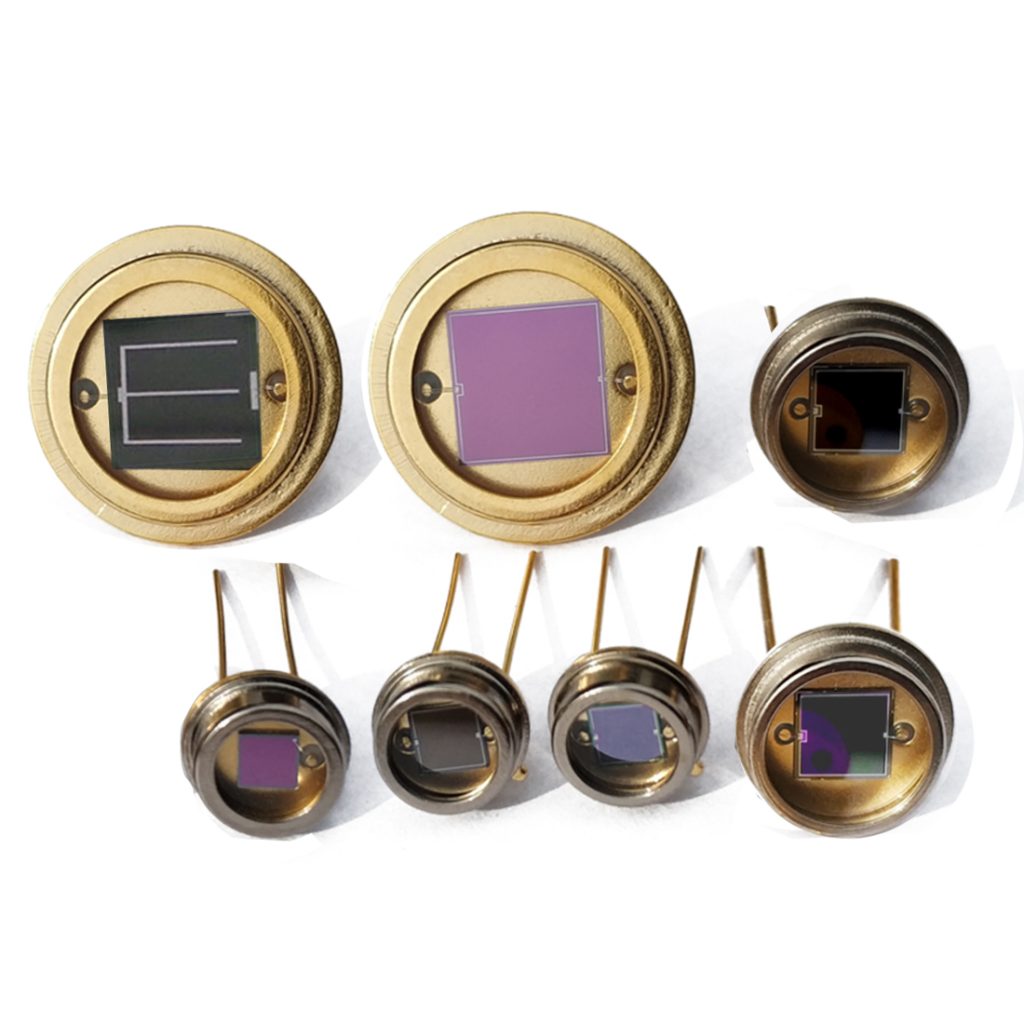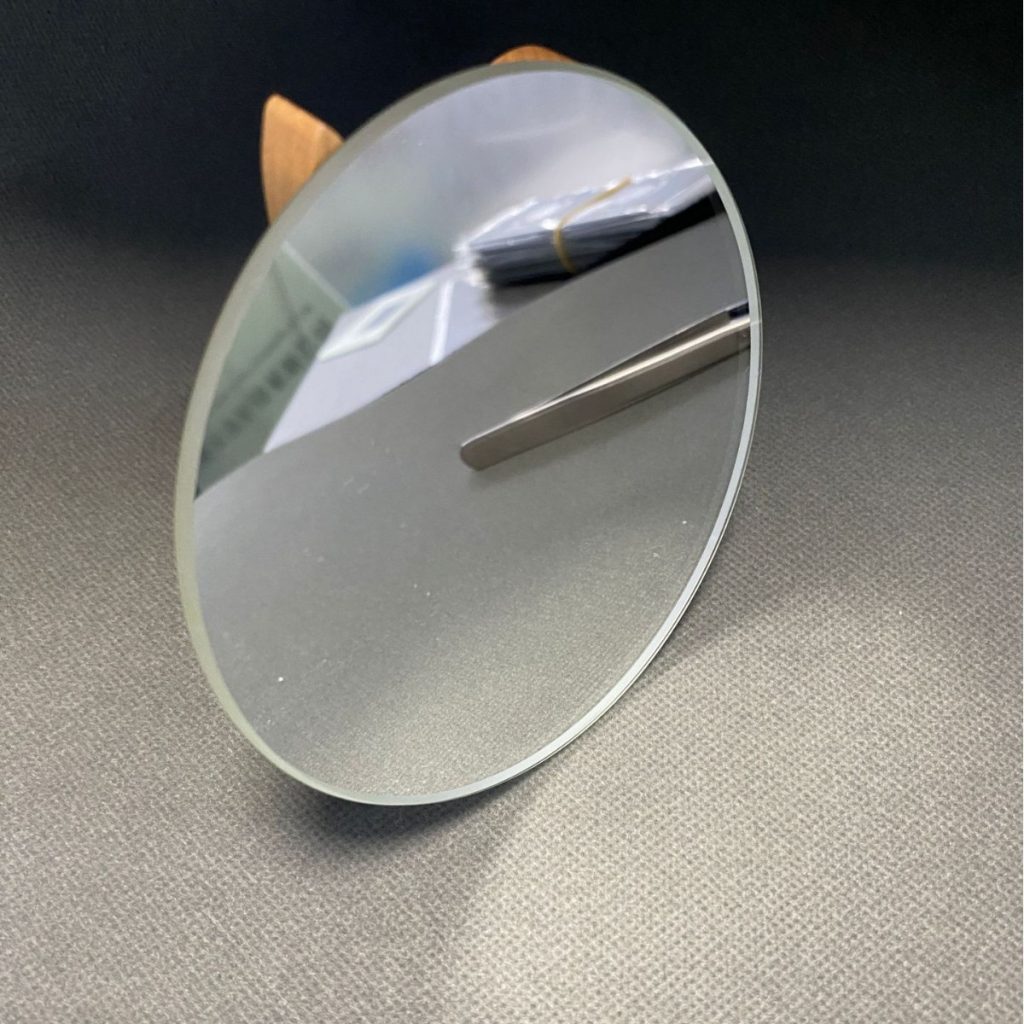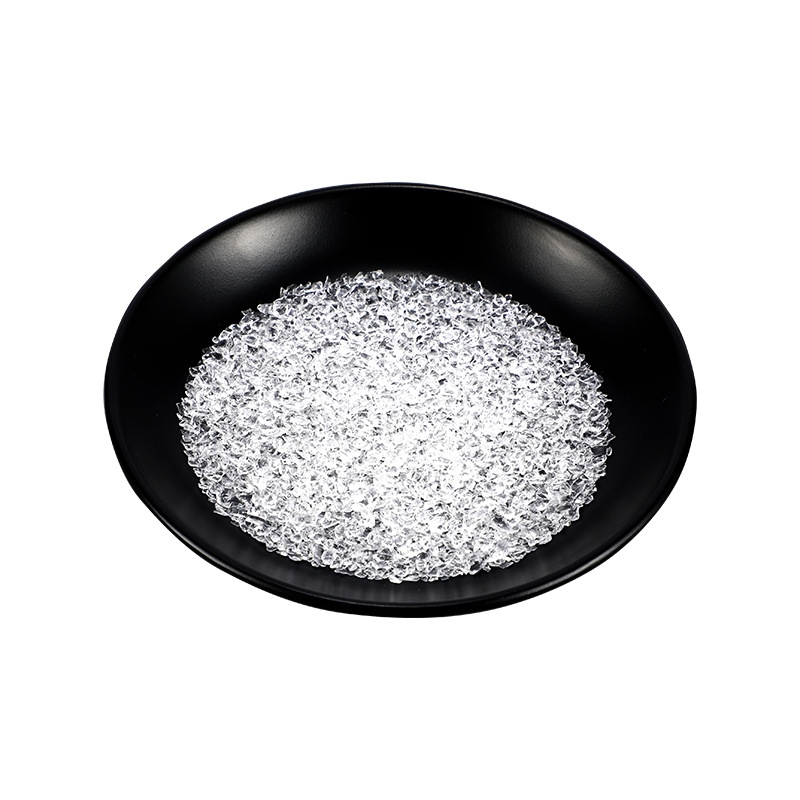Ozone-free quartz tube is a high-purity quartz component engineered for superior UV transmission, excellent thermal resistance, and optimal chemical stability. Manufactured using advanced purification techniques, it eliminates ozone generation while maintaining minimal thermal expansion, high durability, and precise dimensional accuracy. This material is widely used in sterilization systems, medical applications, semiconductor processing, and high-precision optical devices, ensuring efficient UV performance without harmful ozone emissions.
Product Overview
The ozone-free quartz tube is a high-purity material with a clear surface and a slight purple hue at the cross-section. It offers excellent ultraviolet (UV) transmission, particularly in the 253.7 nm wavelength range, with UV transmittance of over 90%. This wavelength of UV light is highly effective for sterilization and disinfection, making the ozone-free quartz tube ideal for use in UV sterilization applications. It also exhibits superior optical properties and reliability, making it suitable for high-precision uses.
Key Features
- High Transmission: Over 90% UV transmission at 253.7 nm, ensuring strong sterilization effects.
- UV Cut-off: Effectively blocks UV radiation with wavelengths shorter than 220 nm, reducing potential damage to materials and equipment.
- Clear Surface: The surface is colorless, with a faint purple cross-section, providing excellent optical characteristics.
- High Stability: Offers exceptional stability and durability, suitable for long-term, high-intensity use.
Applications
- UV Sterilization Lamps: Used in UV sterilization lamps for disinfecting air and water.
- Electric Light Sources: Acts as a core component in electric light sources, providing efficient UV radiation.
- Medical Equipment: Applied in medical devices for sterilization and ensuring equipment remains sterile.
- Sterilizing Devices: Widely used in sterilizing equipment such as air purifiers, water treatment systems, etc.
| Outer Diameter Range | Wall Thickness | Wall Deviation | Ellipticity | Bending |
| 12.0±0.10mm | 1.0±0.10mm | 10% | 1.50% | 2.50% |
| 15.0±0.12mm | 1.0±0.12mm | 15% | 1.50% | 2.50% |
| 17.0±0.15mm | 1.0±0.15mm | 15% | 1.50% | 2.50% |
| 18.5±0.15mm | 1.0±0.15mm | 15% | 1.50% | 2.50% |
| 19.0±0.20mm | 1.0±0.15mm | 15% | 1.50% | 2.50% |
| 25.0±0.30mm | 1.0±0.02mm | 15% | 1.50% | 2.50% |
| Element | Content |
| K+Na | <10 |
| Ca | <3.0 |
| Fe | <1.5 |
| Al | <20 |
| Mg | <1.0 |
| Ti | <3.0 |
| Ba | <0.2 |
| Li | <1.0 |
| Cu | <0.5 |
| Wavelength Range (nm) | Transmittance (%) |
| 185 | 0 |
| <220 | 0 |
| 230-380 | ≥85 |
| 550 | ≥90 |
| 590 | ≥92 |
| 780 | ≥92 |
| Property | Value |
| Density | 2.2 (g/cc) |
| Thermal Expansion Coefficient | 0.56 (cm/cm°C) |
| Softening Point | 1630°C |
| Annealing Point | 1180°C |
| Deformation Point | 1070°C |
| Young's Modulus | 7.3×10⁵ (Pa) |
Submit Your RequirementsWe will contact you within 24 hours.
 WOBO Scientific Research New Materials One-Stop Service Platform
WOBO Scientific Research New Materials One-Stop Service Platform











